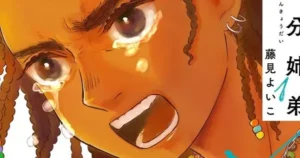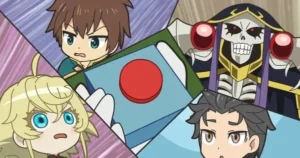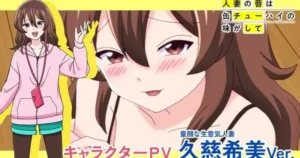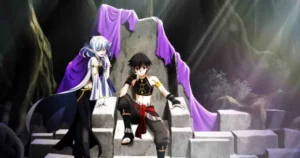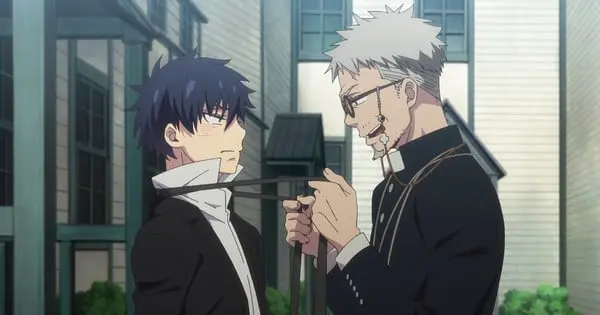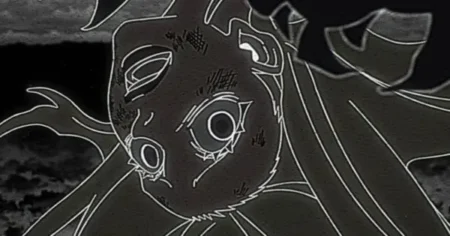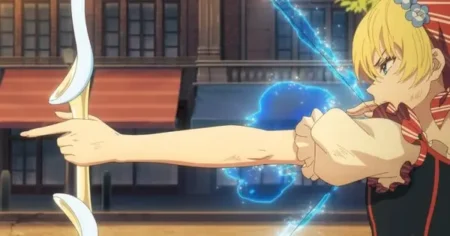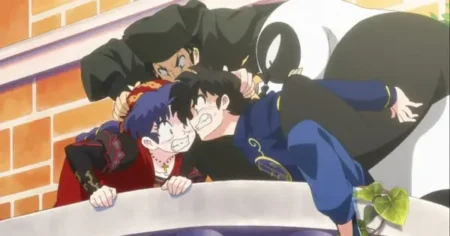The anime adaptation of Kazue Kato’s Blue Exorcist has reached another milestone with the conclusion of The Blue Night Saga. This arc delves into the pivotal event known as the “Blue Night,” uncovering secrets surrounding Rin and Yukio Okumura’s birth. As the season wraps up, here’s a breakdown of the finale and the overall reception of this chapter in the Blue Exorcist saga.
What Happened in the Blue Night Saga Finale?
The final episode of The Blue Night Saga brings the story full circle, connecting the events of the past to the present-day narrative of Blue Exorcist.
- Rin’s Journey: Rin Okumura, guided by Mephisto, journeys into the past to witness the events surrounding his birth and the infamous Blue Night. This allows him to understand the truth about his mother, Yuri Egin, and his adoptive father, Shiro Fujimoto.
- Shiro’s Farewell: A key moment involves Rin addressing Shiro as his father, acknowledging the profound impact Shiro had on his life. Shiro, in a poignant farewell, simply dismisses it with “That was nothing,” highlighting his selfless dedication to Rin.
- Brotherly Bonds: The finale emphasizes the relationship between Rin and Yukio. Flashbacks reveal Rin’s unwavering protectiveness of Yukio, even from a young age. The episode underscores the pathos and complexity of their bond, especially considering Yukio’s internal struggles and desire to protect Rin despite Rin’s immense power.
- Untied Ends: While the finale provides a sense of closure to the flashback arc, some plot threads remain open, suggesting that the story is far from over.
How Faithful is the Adaptation?
Blue Exorcist has had a complicated history with adapting the manga. The first season diverged significantly from the source material, leading to an anime-original ending. Later seasons, including The Blue Night Saga, have aimed to be more faithful to the manga’s storyline.
- Manga vs. Anime: The initial episodes of the first season stayed true to the manga, but the later episodes created an original anime ending. Kyoto Saga (Season 2) picked up directly after episode 16 of Season 1, ignoring the anime-original content.
- Shimane Illuminati Saga (Season 3): This season followed the manga more closely than the previous two, allowing veteran fans to follow the events more accurately.
- The Blue Night Saga: This arc adapts the Blue Night Remembrance arc from volumes 22-25 of the manga. If the anime adapts it fully, it will reach the current Of One Cloth arc, ongoing since chapter 121 (26th volume).
Critical Reception of The Blue Night Saga
Reviews of The Blue Night Saga are mixed, with some praising its emotional depth and exploration of character backstories, while others criticize its pacing and animation quality.
- Emotional Impact: Many viewers found the season to be an emotional journey, particularly Rin’s interactions with Shiro and the exploration of the brothers’ relationship.
- Pacing Issues: Some critics felt that the season suffered from pacing problems, with certain plot points feeling rushed or underdeveloped.
- Animation Quality: The animation quality has been a point of contention, with some reviewers describing it as subpar or jarring at times.
- Character Development: The season is praised for giving more dimension and depth to characters like Izumo Kamiki and Renzo Shima.
- Faithful Adaptation: Some appreciate that the series followed the manga better, while others note that some scenes were removed.
Themes Explored in The Blue Night Saga
The Blue Night Saga delves into several key themes that are central to the Blue Exorcist narrative:
- Family and Identity: The saga explores Rin’s struggle with his demonic heritage and his desire to find his place among humans and exorcists. It also examines the complexities of family bonds, particularly the relationship between Rin and Yukio.
- Fate vs. Free Will: The arc raises questions about whether Rin and Yukio are destined to follow in their father’s footsteps or if they can forge their own paths.
- Good vs. Evil: The saga challenges the traditional notions of good and evil, suggesting that demons are not inherently evil and that humans are capable of great cruelty.
- Forgiveness and Prejudice: The season touches on themes of forgiveness, friendship, and overcoming prejudice.
Studio and Production
- Studio VOLN took over the animation production starting with Shimane Illuminati Saga (Season 3).
- Daisuke Yoshida replaced Koichi Hatsumi as the series director.
- Toshiya Ōno handled the series composition and scripts.
- Yurie Oohigashi oversaw the character designs.
- Hiroyuki Sawano and Kohta Yamamoto composed the music.
Music
- The Blue Night Saga: Opening theme song is “Tsūkaku” (痛覚, lit. ‘Pain Sensation’) performed by Amazarashi, and the ending theme song is “Overlap” (オーバーラップ) performed by Shiyui.
- Shimane Illuminati Saga: The opening theme is “Eye’s Sentry” by Uverworld, while the ending theme is “Gakkyū Nisshi” (学級日誌, “Class Diary”) by Mulasaki-Ima.
- Beyond the Snow Saga: The opening theme song is “Re Rescue” performed by Reol, while the ending theme song is “Tsurara” (氷柱, lit. ‘Icicle’) performed by Yobahi.
Will There Be a Season 5?
As of March 24, 2025, there has been no official announcement regarding a fifth season of Blue Exorcist. The series has a dedicated fanbase, and there is still plenty of material from the manga to adapt. However, the long gaps between previous seasons make it difficult to predict when or if a new season will be produced.
Factors that could influence a renewal:
- Manga Sales: The continued success of the Blue Exorcist manga is a positive sign.
- Fan Demand: Strong fan interest and support could encourage the production of a new season.
- Studio Availability: The availability of Studio VOLN and the production team will also play a role.
Final Thoughts
Blue Exorcist: The Blue Night Saga offers viewers a deeper understanding of the events that shaped Rin and Yukio’s destinies. While the season has its flaws, it provides emotional moments and expands on the rich lore of the Blue Exorcist universe. Whether or not the anime continues, The Blue Night Saga serves as a significant chapter in the ongoing story.
Expertise:
This article adopts the perspective of an anime news reviewer and fandom expert, blending comprehensive information with insightful observations, akin to publications like Anime News Network or Crunchyroll News. The tone is objective yet enthusiastic, providing a balanced assessment of the season’s strengths and weaknesses, suitable for both dedicated fans and newcomers.


